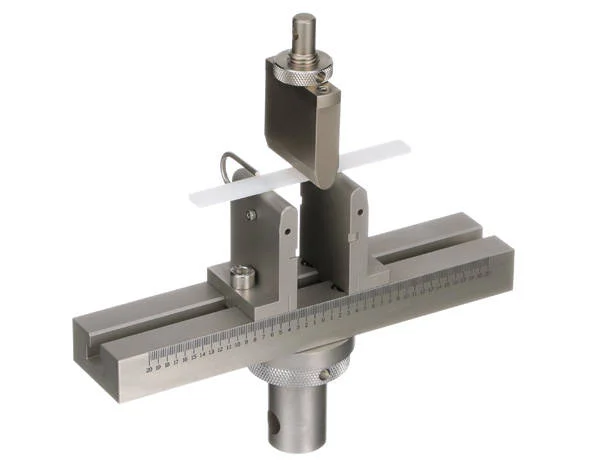
Flexural testing is crucial for assessing the structural integrity and durability of plastic materials under bending loads. Apart from determining flexural strength, this test helps evaluate properties like modulus of elasticity, flexural modulus, and flexural strain, which are essential for understanding how plastics behave in real-world applications subjected to bending stresses.
For plastics, standardized testing methods provided by organizations such as ASTM, ISO, DIS (Draft International Standards), and BIS IS (Bureau of Indian Standards Indian Standard) ensure consistency and reliability in flexural test results. Standards like ASTM D790 and ISO 178, as well as their corresponding DIS and BIS IS standards (DIS: ISO/DIS 178 and BIS IS: IS 13793), specify procedures for conducting flexural tests on plastic materials. These standards prescribe formulas for calculating flexural properties such as flexural strength and modulus of elasticity, ensuring accurate and standardized assessment of material behavior.
Proper specimen preparation is critical for obtaining reliable flexural test results for plastics. According to ASTM D790 and ISO 178, the standard specimen dimensions for flexural testing of plastics include a span length of 100 mm, a width of 10 mm, and a thickness of 4 mm. Adhering to these specifications ensures consistency and accuracy in test measurements. Additionally, considerations such as sample conditioning and surface preparation may be necessary to minimize variability in test results.
A comprehensive flexural test report for plastics includes details such as the testing standard used, specimen preparation procedures, environmental conditions during testing, and the results obtained, including flexural strength, modulus of elasticity, and flexural strain. Understanding and interpreting these components, along with the formulas prescribed by standards, is crucial for assessing the structural performance of plastic materials accurately.
Data obtained from flexural testing influences material selection, design optimization, and application suitability for plastic materials. For instance, in the construction industry, flexural testing data helps engineers choose the right plastic materials for applications like structural beams or decking, considering factors such as load-bearing capacity and resistance to deformation.
Factors such as temperature effects, specimen geometry, and testing speed can influence flexural test results for plastics. Therefore, it's essential to consider these factors during testing to ensure that the obtained data accurately represents the flexural behavior of plastic materials under various conditions.



General Questions For You
Common standards include ASTM D790 and ISO 178, as well as their corresponding DIS (ISO/DIS 178) and BIS IS (IS 13793) standards.
Specimen dimensions, including span length, width, and thickness, are specified in the relevant testing standards.
Results typically include flexural strength, modulus of elasticity, and flexural strain.
Consultation with experts and adherence to standardized testing procedures specific to plastic materials and their intended applications are essential for proper application of flexural testing methods.

